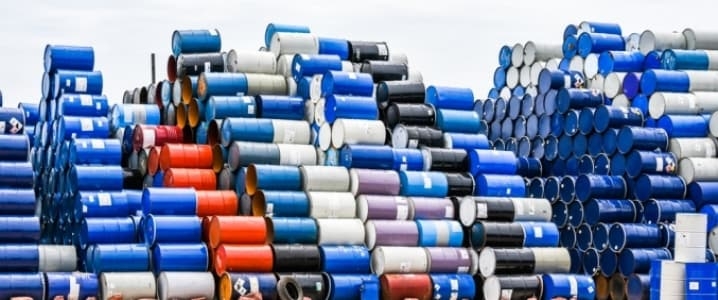Utah holds the largest reserves of oil sands in the United States, but up until now, no company had the technology to exploit these vast resources.
Despite the potential, “only a few companies are pursuing the price-sensitive and water-intensive development of the state’s oil shale and oil sand resources,” the EIA said in a 2017 report on the state, essentially writing off the region as a meaningful opportunity.
But that could change in the very near future. Petroteq Energy hopes to bring the first commercially profitable oil sands production online in the United States in the next few weeks.

“We have a very disruptive technology,” David Sealock, Petroteq’s CEO, told the New York Times in a sweeping profile of the innovative oil sands company. “There was a treasure chest here that didn’t have a key, and this technology is the key.”
Unlike Canada’s oil sands, characterized by vast toxic tailings ponds and environmental destruction, Petroteq has pioneered a breakthrough approach to oil sands production that minimizes the environmental impact.
Petroteq uses a proprietary technology involving solvents that cleanly extract heavy oil sands by separating out the oil from the rock. Crucially, unlike destructive processes used in Alberta, Petroteq’s approach uses no water at all and does not pollute the soil. “What’s in Canada is an environmental nightmare,” Jerry Bailey, president of Petroteq, told the NYTimes. “With our operation, nothing goes in the air, nothing goes in the ground, and there is no water involved.”
The company crushes oil sands, mixes it with solvents, and spins the mixture in centrifuges. The process yields oil separated from the sand. The sand, free of oil and solvents, can be returned to the earth, while the solvents can be reused. The entire process makes a mockery of traditional oil sands processing, which involves vast quantities of water, chemicals, heat and toxic fallout.













Leave A Comment